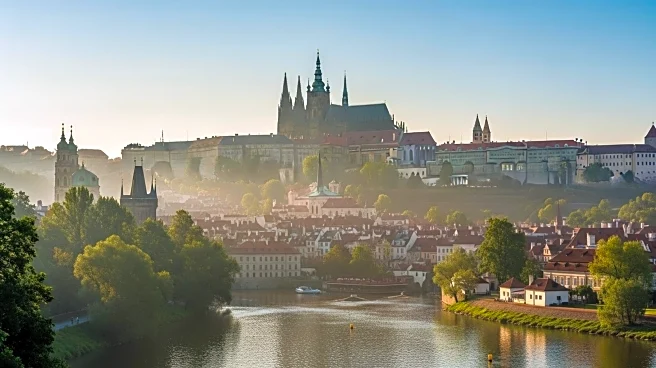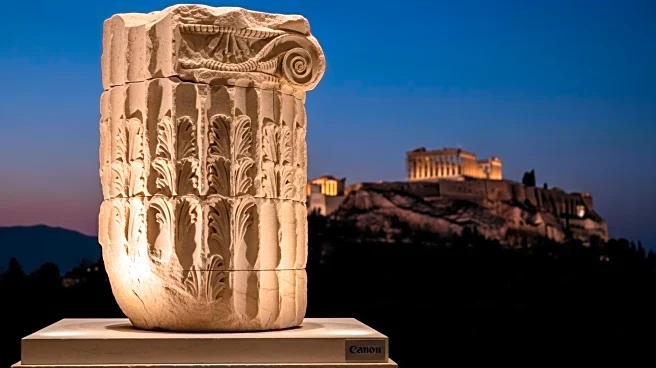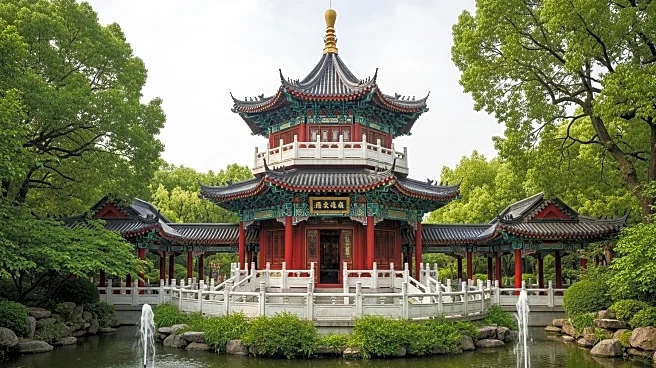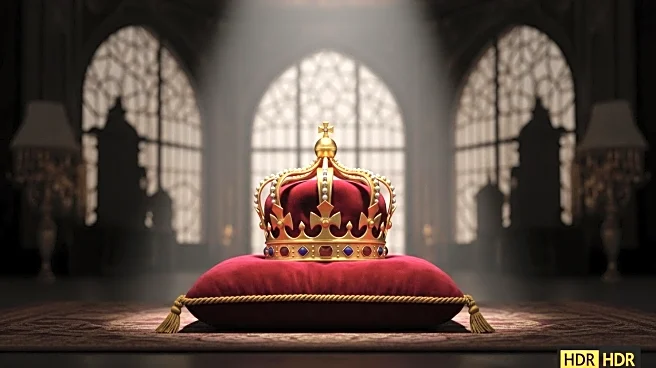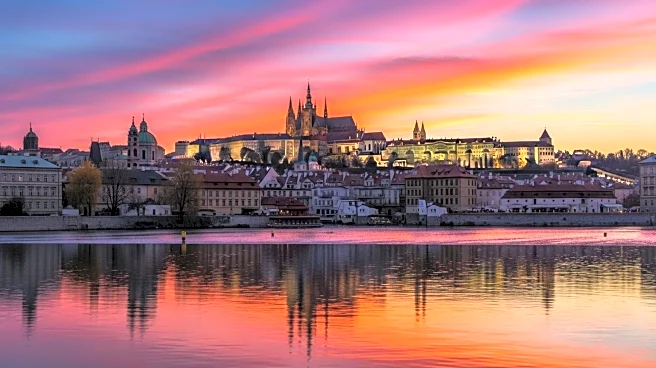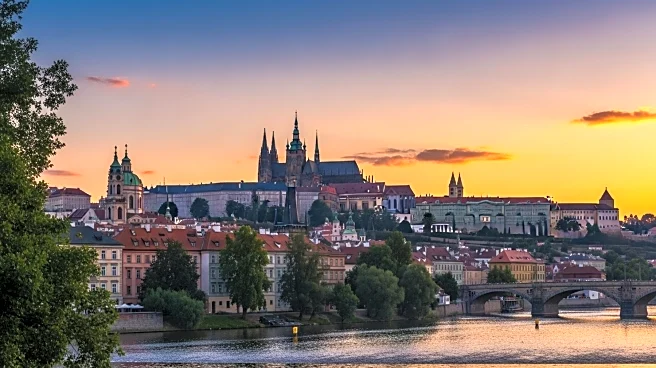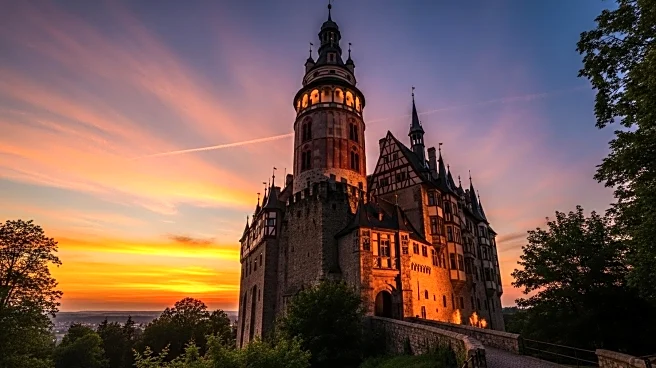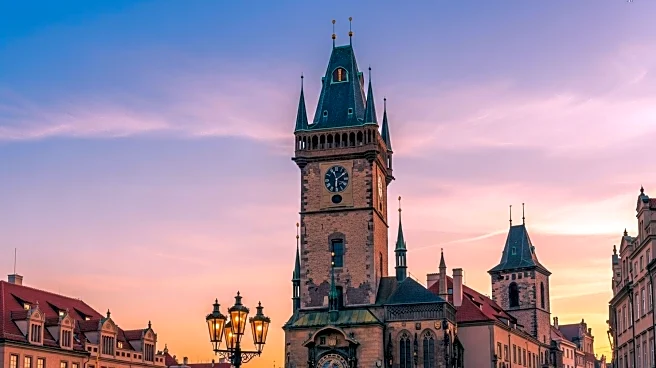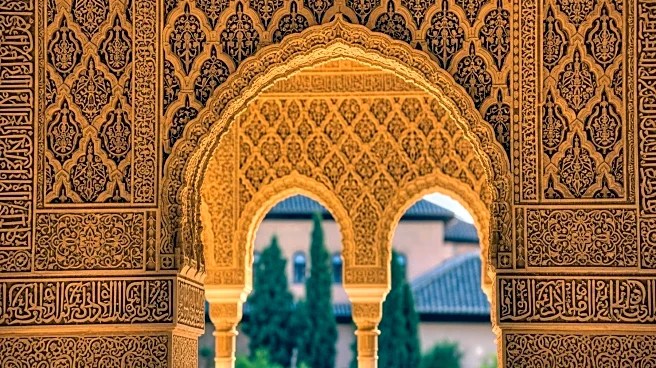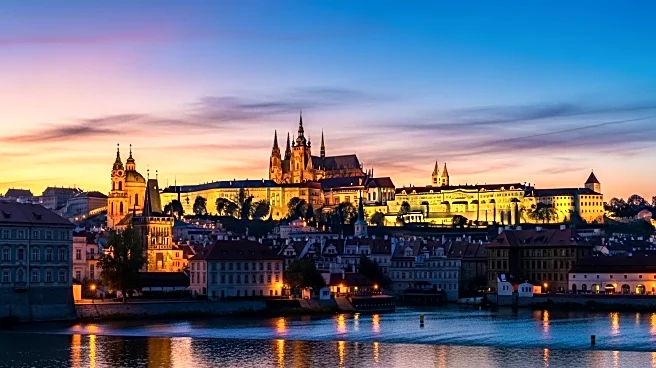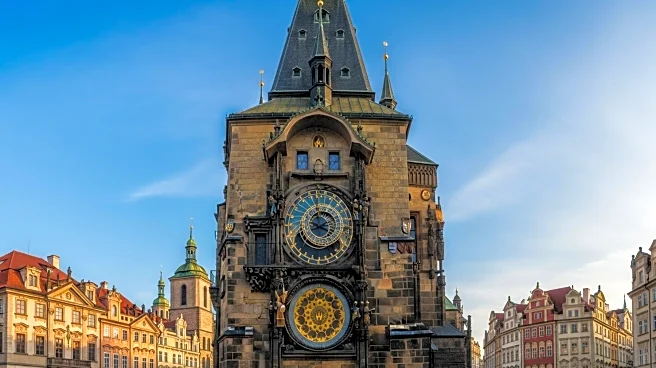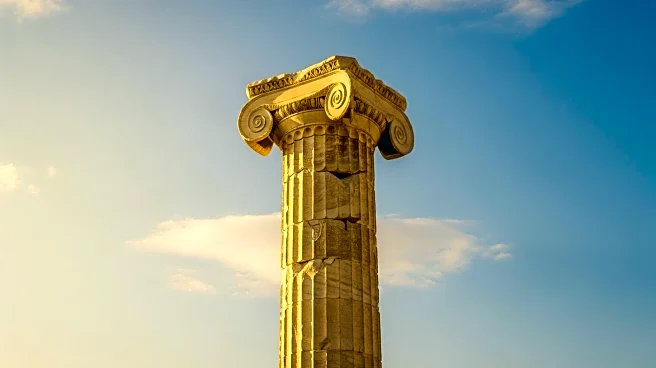What is the story about?
Prague Castle, a historic complex in the Czech Republic, has exerted significant influence on European history and culture. From its role as a political center to its architectural contributions, the castle's influence is evident in various aspects of European heritage. Its impact extends beyond its physical structure, shaping the cultural and political landscape of the region.
Intellectual and Cultural Influence
Prague Castle's intellectual and cultural influence is reflected in its architectural styles, including Baroque and Mannerism. The construction of St. Vitus Cathedral within the castle complex marked a significant advancement in Gothic architecture. The castle's role as a center of governance has influenced political thought and cultural development in the Czech Republic.Policy or Industry Effects
The castle's influence on policy is evident in its role as the official residence of the Czech president. It has been a site of major political decisions, including the proclamation of Bohemia and Moravia as a German protectorate during World War II. These events highlight the castle's impact on national and international politics.Global vs. U.S. Reach
Globally, Prague Castle is recognized as a UNESCO World Heritage site, highlighting its cultural significance. For U.S. audiences, the castle offers insights into European history and architecture, enriching the understanding of global heritage. Its status as a tourist destination makes it a point of interest for American travelers seeking historical and cultural experiences.Critiques and Debates
Prague Castle has been the subject of critiques and debates regarding its historical role and architectural evolution. Some critics argue that its preservation efforts have altered its original design, while others debate its significance in European politics. These discussions reflect the castle's complex history and its impact on cultural heritage.AI Generated Content
Do you find this article useful?
